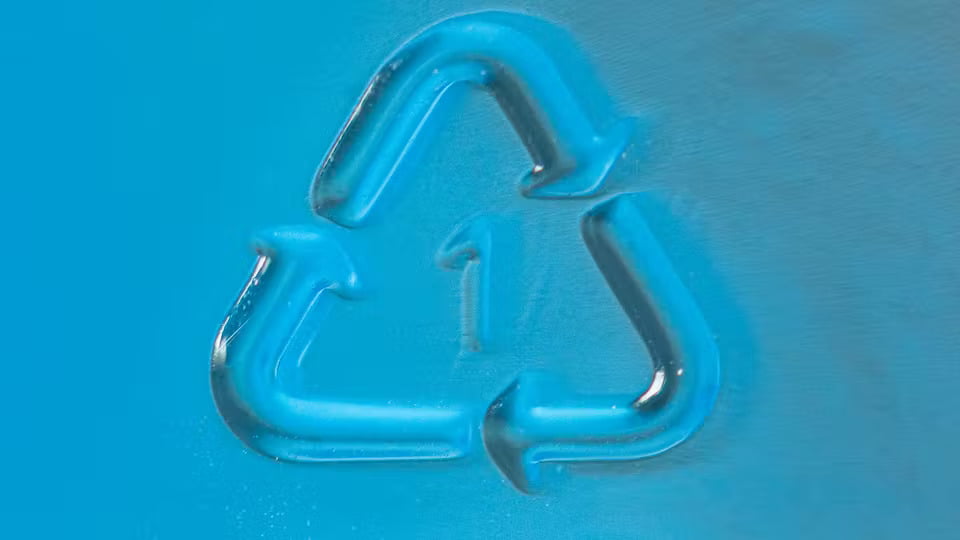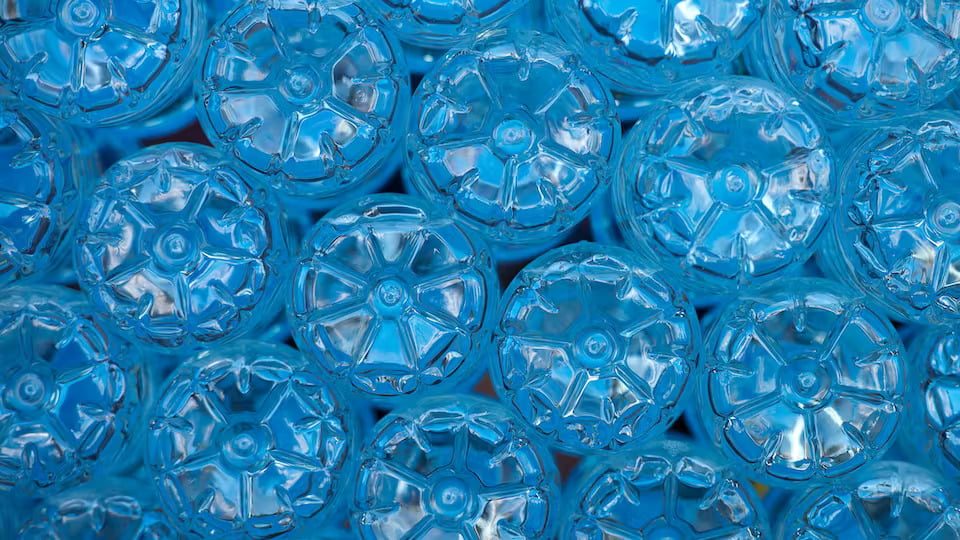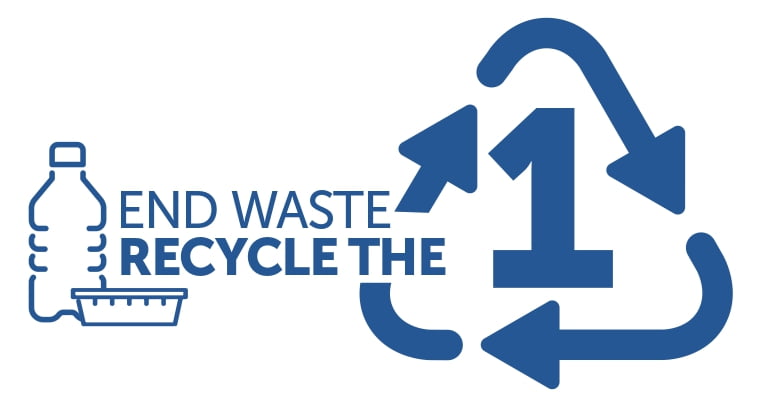PET: why it’s NOT a single use plastic!
PET is light, strong and safe.
PET is the only plastic that can recycled bottle-to-bottle in a closed loop.
Tackling single use plastics is a significant challenge, but not all plastic packaging is the same. Easily recognisable due to its #1 symbol, PET, or polyethylene terephthalate, is the most recycled plastic packaging in Europe.
This is because PET bottles are made to be remade. As the only plastic which can be fully recycled in closed loop, bottle-to-bottle recycling, this versatile material is the complete opposite of disposable ‘single-use’ plastics.
First discovered in the 1940s, PET is extremely light and strong, making it ideal for use in the packaging industry. It is also perfectly safe for use in food packaging both before and after recycling, with it approved for use by governments and organisations across the world. These qualities have led to its widespread adoption in the water and beverage sectors, with 70% of carbonated soft drinks, fruit juices, dilutable drinks and bottled water currently packaged in PET bottles.

Why PET isn’t like other plastics
PET’s high recyclability means it is the only plastic to be given the Number #1 designation. The bottle-to-bottle loop is what the industry is aiming for. This is because PET can include up to 100% recycled content, meaning there is a possible future where all bottles are made from recycled PET (rPET). Again and again.
Currently, around 58% of bottles are being recycled in Europe. We need to improve on this if we are to increase the number of bottles made with rPET. By 2025, all PET bottles will be made from at least 25% recycled PET and by 2029, at least 9 out of 10 PET bottles will be collected for recycling.
The industry is ready to help realise a more sustainable future for packaging. We are investing heavily in deposit return schemes (DRS) and recycling. We currently have capacity to recycle an extra 11 billion bottles every year but improving collection rates is crucial to making the most of this.
We want to use more rPET in our production. We need our bottles back to do it. Every PET bottle sent for incineration or dumped in landfill is a waste of valuable resource. A more sustainable future is possible and recycling PET can help us get there.
The industry has also been working to improve the design of its PET bottles, reducing their weight by 40% since 2000. This improvement means more food and drink can be delivered with less plastic. Products transported in PET packaging therefore have a lower environmental impact than alternatives as they require less fuel to move.

What is the most sustainable packaging material?
But it’s not just other plastic packaging that PET outperforms, it also has benefits over alternatives such as glass and aluminium.
PET can be recycled quickly and requires far less energy to do so than glass and aluminium, meaning it generates up to 75% less greenhouse gas emissions. It is clear that choosing PET and recycling it is the sustainable option. And due to its recyclability, you can make this choice, over and over again.
While the aim is for every PET bottle to be remade into yet another bottle, sometimes the quality of the plastic can deteriorate throughout its lifetime due to use or in the recycling process. While PET that has deteriorated cannot be used for food or drink packaging, the high recyclability means that it can still be repurposed for a number of other uses.
rPET that cannot be used to make new bottles can still be used to make polyester fibre. This has a variety of uses, including making carpets and fibrefill for soft furnishings, and PET can even be turned into roofing insulation. rPET products are used by car manufacturers using them for interiors and automotive parts like seatbelts.
rPET is also versatile enough to have a number of uses in the fashion industry. Fabric can be used to make t-shirts and thermal underclothes, as well as luggage and bags and even athletic footwear.
PET is made to be remade. Every bottle that is thrown away is a missed opportunity to turn that valuable material back into something useful. Let’s end waste. Recycle the #1.
